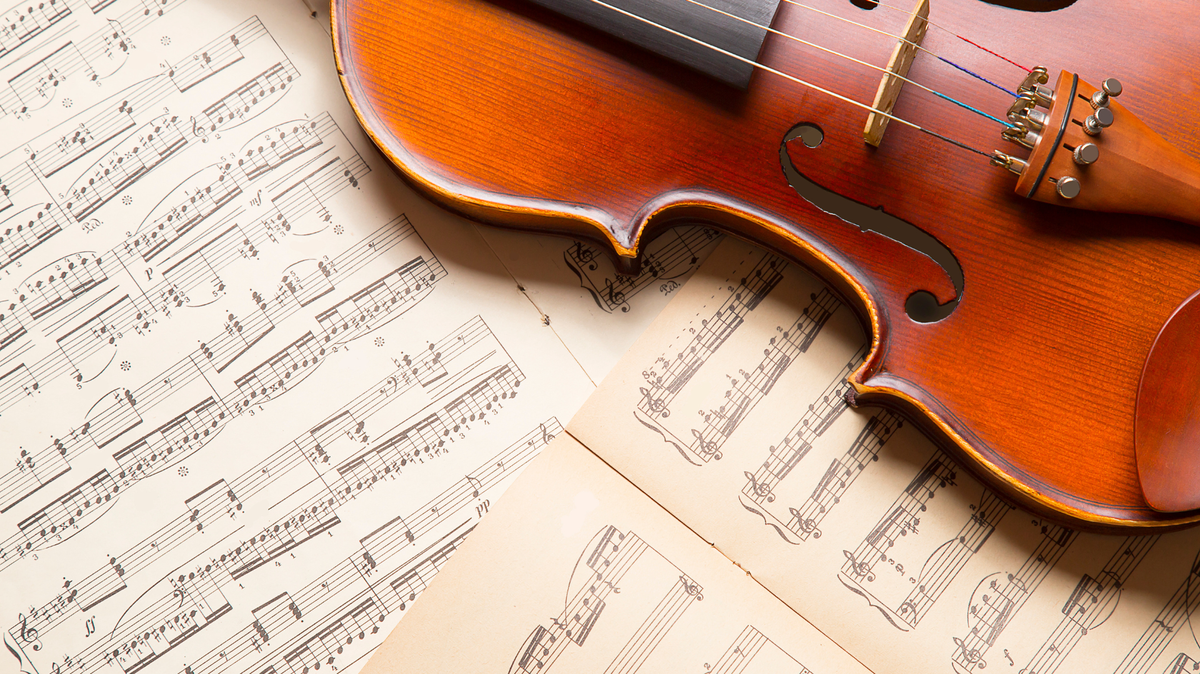Are You 1 in 10,000 to Have This Rare Musical Talent?
Absolute pitch (AP) is the rare ability to identify or produce musical notes without a reference, found in less than 1% of the population. It is more common among early musical learners and speakers of tonal languages, reflecting a mix of innate talent and training.

Absolute pitch (AP), or perfect pitch, is the rare ability to identify, produce, or recall a musical note without any external reference. Individuals with absolute pitch can, for example, hear a sound and instantly recognise it as an A♭, or sing a precise note (such as C) on demand. This ability is distinct from relative pitch, where someone can identify a note by comparing it to another known pitch.
How does absolute pitch work?
At the core, absolute pitch relies on the brain’s capacity to associate specific sounds with their corresponding musical labels (e.g., A, B, C, etc.). For those with AP, hearing a note activates a memory-like response, much like identifying a colour. Just as most people can immediately identify "red" when they see it, those with absolute pitch can hear a tone and instantly know it's, say, F♯.
Examples of absolute pitch in action
- A person with AP might hear the beep of a microwave and recognise it as an E.
- They could listen to a car horn and state that it is playing a G.
- Musicians with AP can play or sing a note perfectly without needing to hear it beforehand. For instance, they can be asked to sing a middle C (C4), and they will do so without error.
Who has absolute pitch?
The prevalence of absolute pitch is rare, occurring in less than 1% of the population. It is more frequently observed in those who began musical training at a very young age, especially before the age of six. While it can be a learned skill, some individuals appear to possess an inherent predisposition to develop AP. Interestingly, speakers of tonal languages, such as Mandarin and Vietnamese, have a higher incidence of absolute pitch. This suggests a potential connection between early auditory development and AP, as tonal languages require precise pitch differentiation to convey meaning.
Famous musicians known to possess absolute pitch include:
- Wolfgang Amadeus Mozart: As a child prodigy, he demonstrated absolute pitch from a young age.
- Ludwig van Beethoven: Despite losing his hearing, his acute sense of pitch is said to have aided his compositions.
- Mariah Carey: Known for her vocal range and pitch accuracy, Carey has often been cited as having AP.
History of absolute pitch recognition
The phenomenon of absolute pitch has been recognised for centuries, though it was not always named as such. In the 19th century, as Western classical music systems became more formalised, the concept of absolute pitch began to take shape in its modern sense.
Hermann von Helmholtz, a German physicist and musician, was one of the first to study the scientific basis of music perception, including pitch recognition. His work in the mid-1800s paved the way for a deeper understanding of how the human brain processes sound.
Later, in the 20th century, cognitive psychologists like Carl Seashore began investigating the phenomenon more rigorously, leading to our modern understanding of pitch perception. By this time, absolute pitch was already a recognised skill among musicians, though it was often viewed as an "inborn talent" rather than a trainable skill.
Can absolute pitch be learned?
The debate on whether absolute pitch is innate or learned continues. Some researchers argue that early and consistent musical exposure, especially in the critical developmental window (around ages 2-6), can facilitate the development of AP. This is supported by studies showing that children trained to associate pitches with specific labels can develop AP-like abilities.
However, many believe there is a genetic component to AP, with some children simply more predisposed to develop it. Some experiments with adults have shown limited success in teaching absolute pitch, suggesting that without early exposure, it’s very challenging to acquire.
Absolute pitch in different cultures
As previously mentioned, there is an intriguing correlation between tonal languages and the prevalence of absolute pitch. Tonal languages, such as Mandarin, rely on pitch to differentiate between words. For example, in Mandarin, the word "ma" can mean “mother,” “horse,” or “scold,” depending on the tone used. This linguistic precision appears to prime the brain to be more sensitive to pitch, possibly explaining why native speakers of tonal languages are more likely to exhibit AP.
In Western classical music traditions, AP is often regarded as an impressive but non-essential skill. A strong sense of relative pitch, or the ability to discern intervals between notes, is generally more valuable for practical musicianship. However, in some cultural settings, AP can be highly advantageous. For instance, certain styles of Indian classical music, which rely heavily on specific pitch structures and microtones, benefit from an exceptional sense of pitch precision.
Advantages of absolute pitch
- Effortless pitch recognition: Musicians with AP can tune instruments quickly and accurately without external aids like tuning forks.
- Aural dictation: AP makes transcription of music much easier. Musicians can listen to a piece and write it down note-for-note.
- Perfect intonation: Singers and instrumentalists with AP often find it easier to maintain perfect intonation, as they have a clear internal sense of pitch.
Challenges of absolute pitch
- Fixed pitch perception: Those with AP can find transposed music (music played in a different key) confusing or unsettling, as their internal sense of pitch clashes with what they are hearing.
- Tuning systems: Some people with AP may struggle with music that deviates from the standard Western tuning system (A = 440 Hz). Historical tunings, or those used in non-Western music, can feel "wrong" to someone accustomed to modern concert pitch.
The future of absolute pitch research
With advances in neuroscience, the mystery of absolute pitch is being gradually unravelled. Functional MRI (fMRI) studies have shown that those with AP have increased activity in certain areas of the brain when processing pitch. Interestingly, these areas overlap with regions associated with memory and categorisation, reinforcing the idea that AP is more akin to a memory skill than a purely auditory one.
There is also growing interest in the potential for artificial intelligence and machine learning to help individuals train and develop absolute pitch later in life. However, such efforts are still in their infancy, and the exact mechanisms that enable the brain to develop AP remain elusive.
In conclusion, absolute pitch remains one of the most fascinating aspects of human auditory perception. Whether a rare gift or a skill that can be developed through early training, it represents a remarkable intersection of music, language, and brain science. Though it might not be essential for musical success, as evidenced by the countless renowned musicians without it, absolute pitch remains a coveted talent that continues to captivate both musicians and scientists alike.





